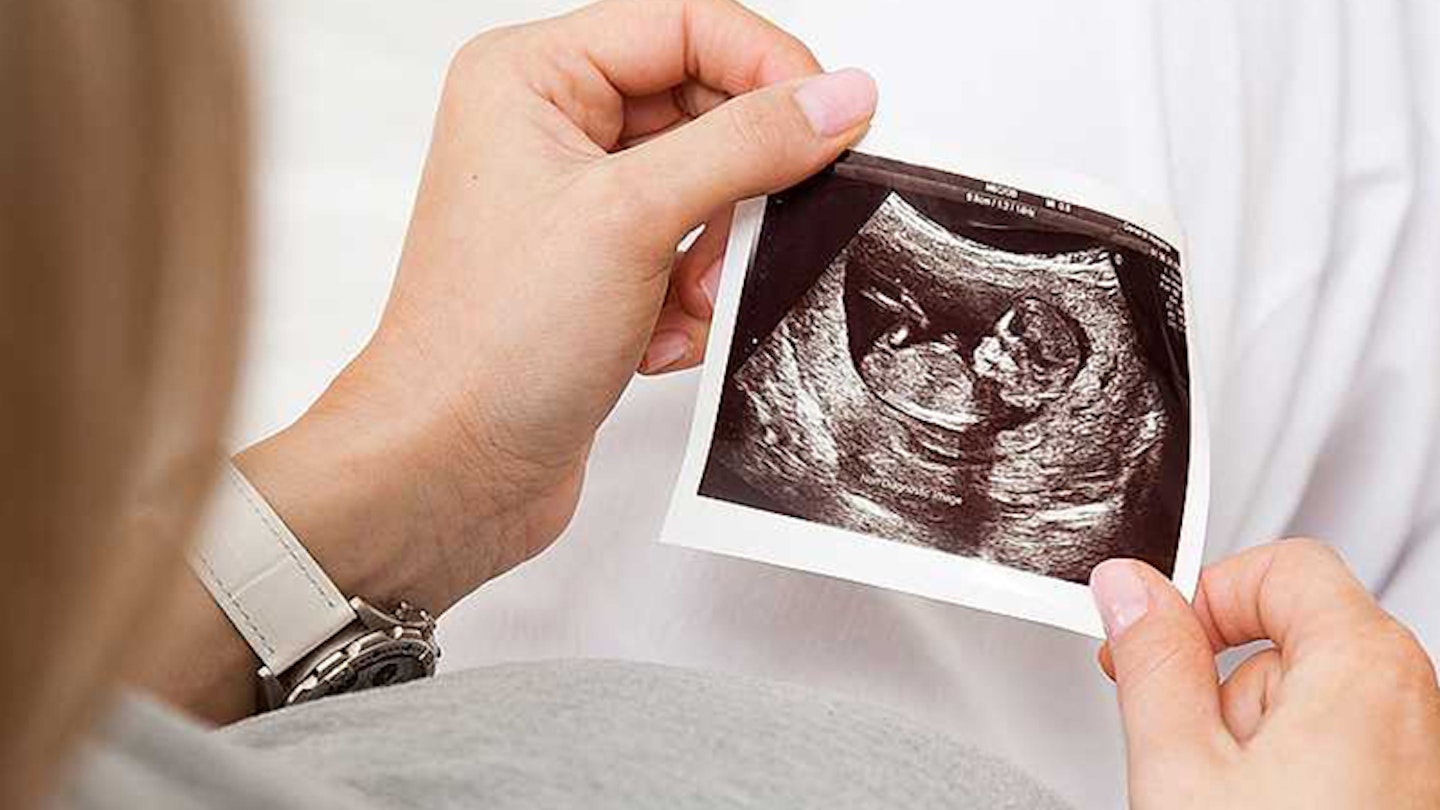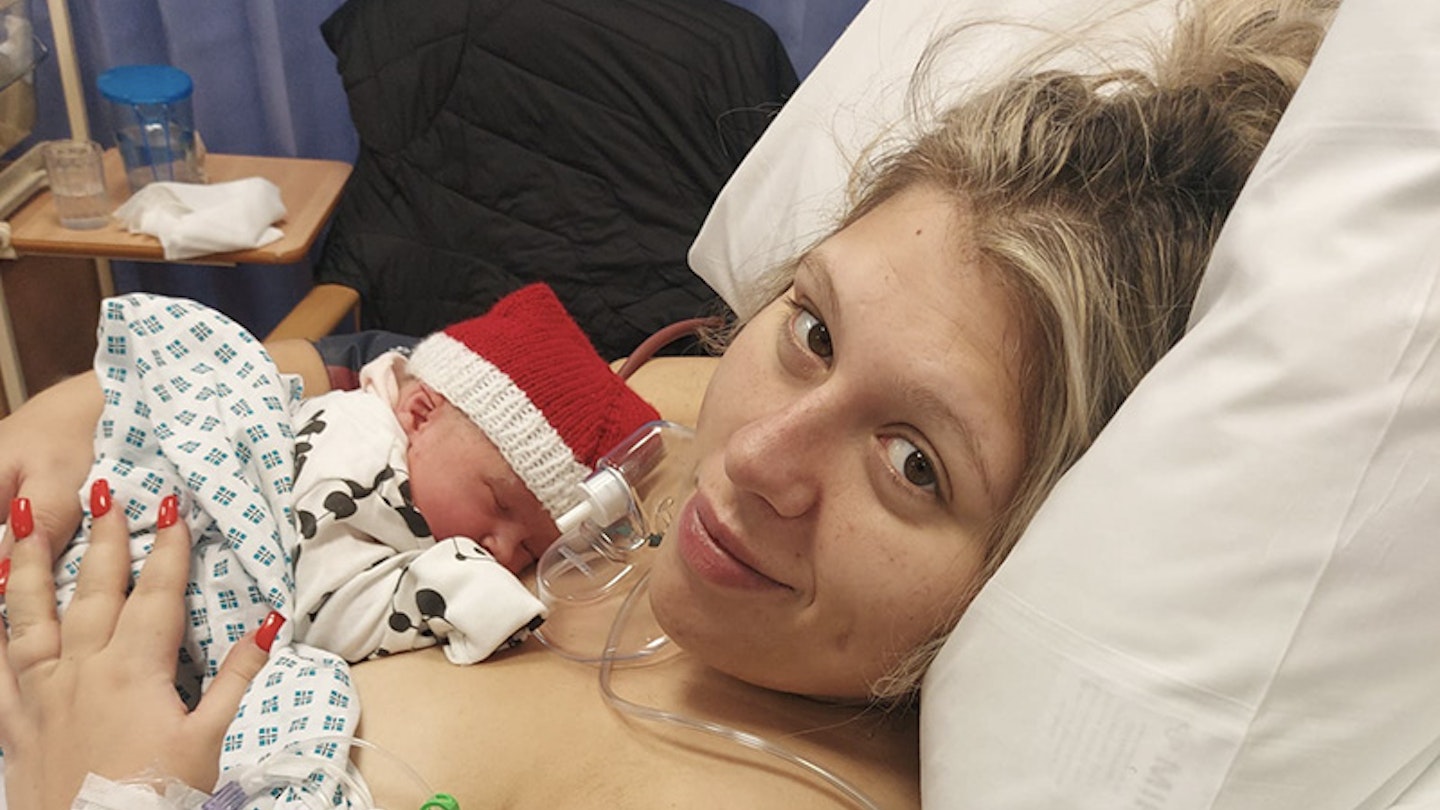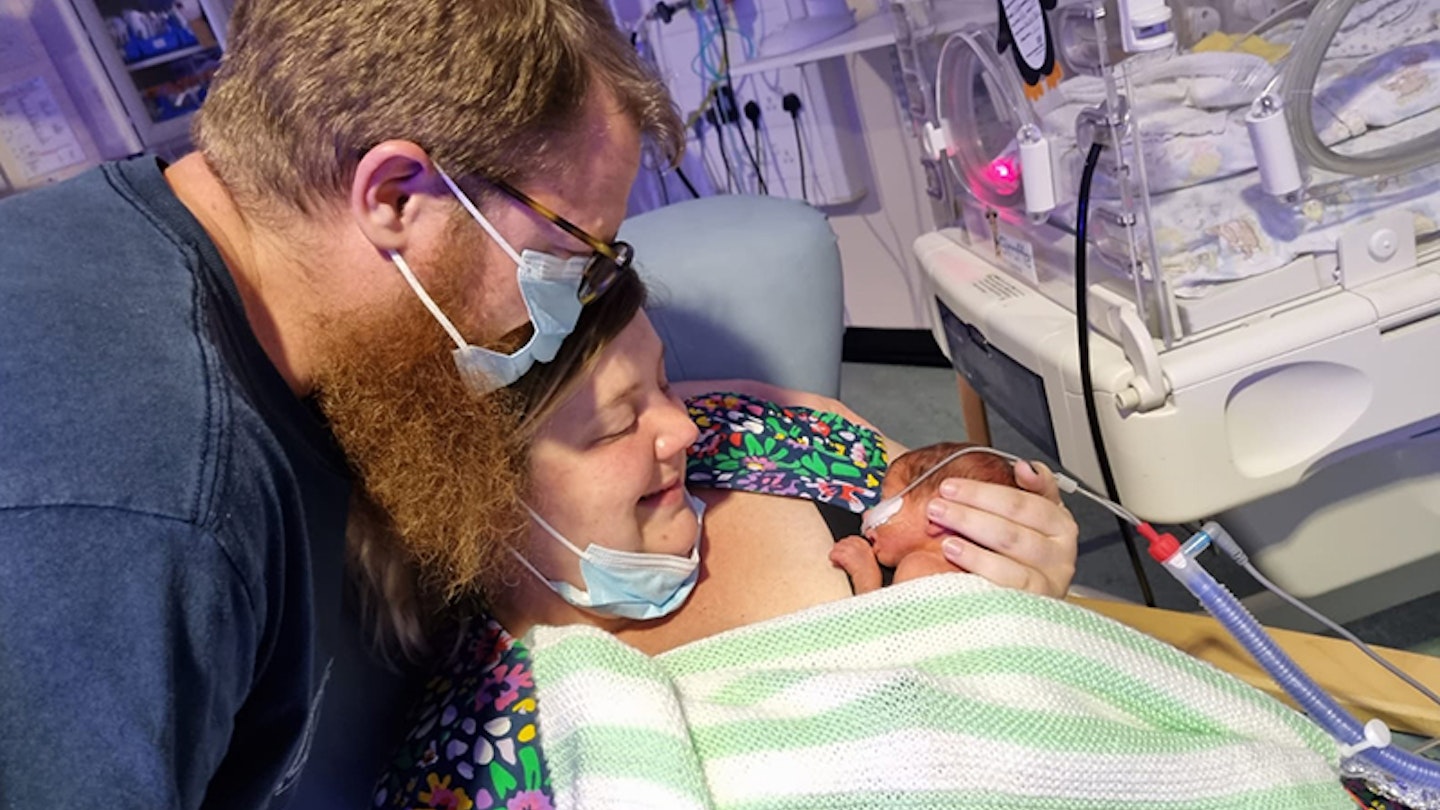Labour and Birth
Am I having a boy or girl? Use our gender predictor quiz to find out
Want to know whether you're having a baby girl or boy? Do our fun quiz - but remember it's just for fun!
When do you start showing in pregnancy?
A positive pregnancy test can bring a whirlwind of emotions—from joy and...
My baby's head is engaging. What does this mean?
It may sound scary, but this is a perfectly normal and important milestone in...
Skull theory: can you predict your baby's sex early at 12 weeks?
As soon as you announce that you’re pregnant, talks soon turn to what...
How to bring on labour: Natural ways to induce labour
You’ve waited 40 weeks for your baby to arrive and the due date is here, but...
C-section scars: Your guide to healing
Although having a c-section might not be your first choice when it comes to...
Hospital bag checklist: essentials to pack for mum, baby and birth partner
Pillows, pants, newborn nappies – and, of course, your favourite snacks are...
The best gender reveal ideas 2025: Fun and creative announcements for friends and family
Deciding whether you’d like to know the gender of your baby at your...
Contractions: everything you need to know
If you’re pregnant (or simply just curious) you may be wondering what...




































